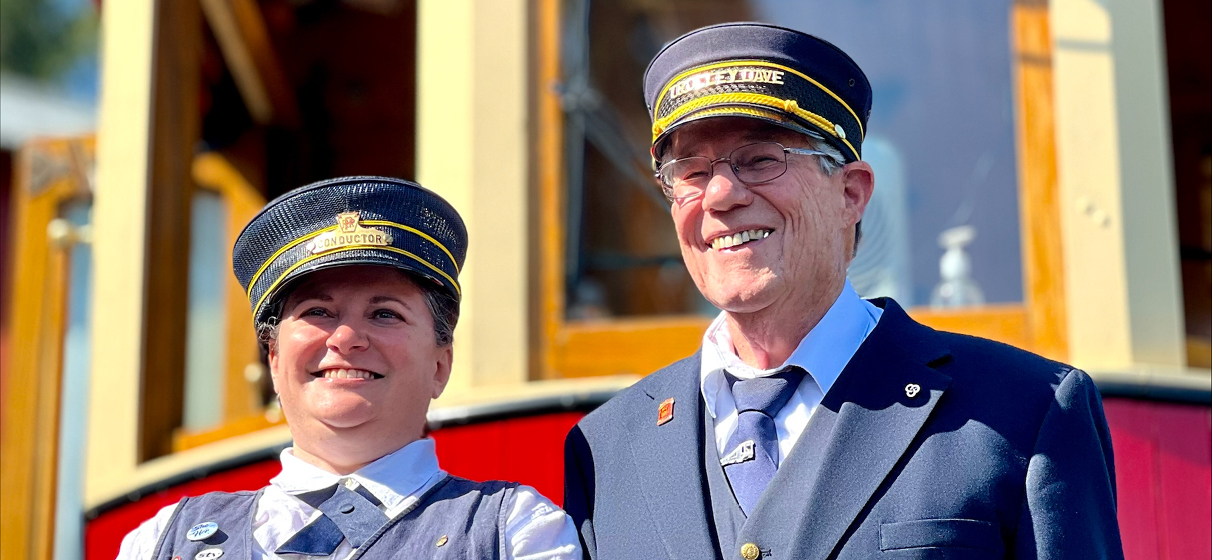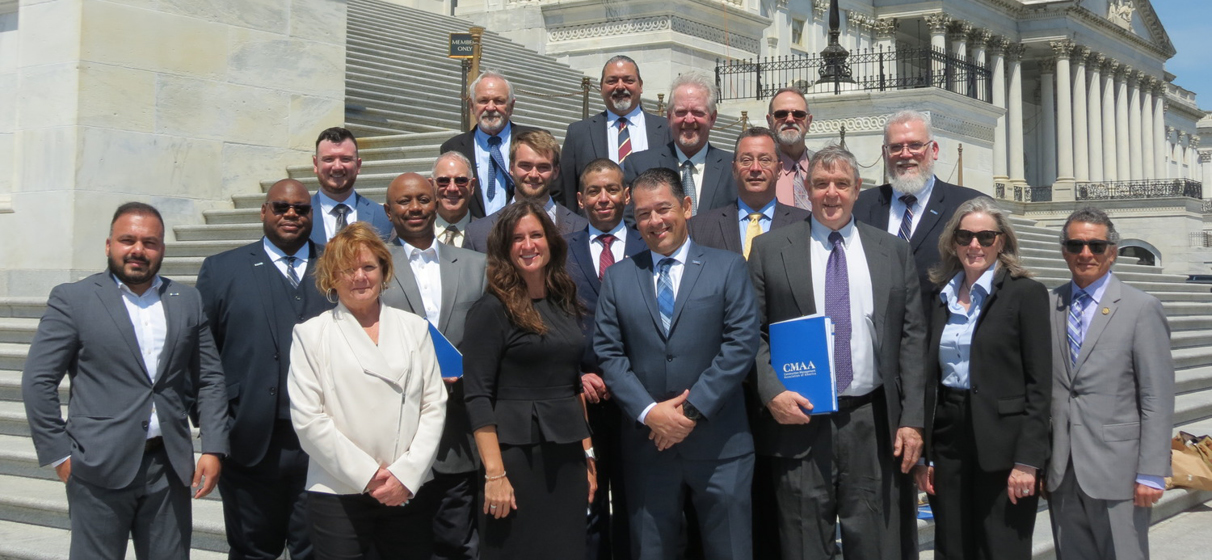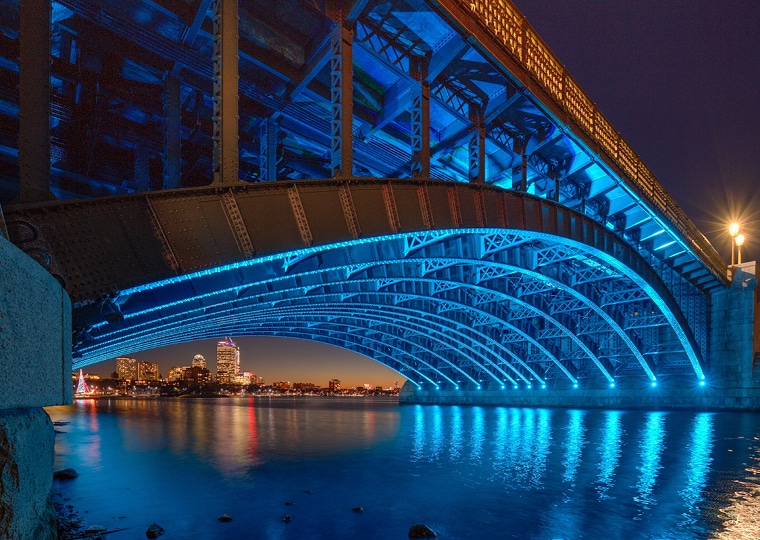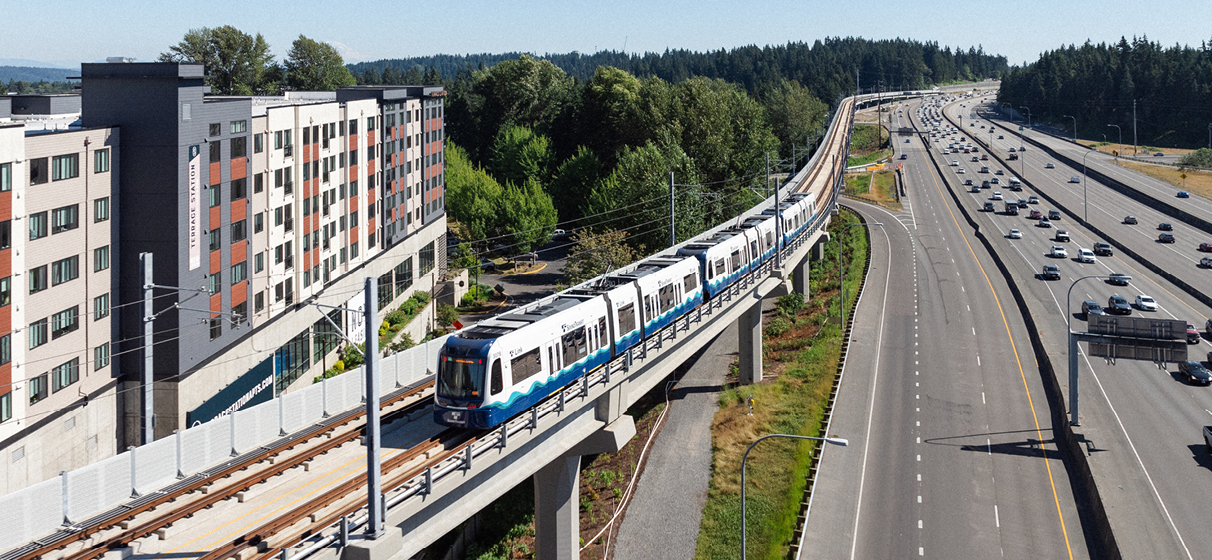Growing up, I was a kid who loved trains. That love never left me. Today, I’m fortunate to channel that same passion not only into my professional life as a transit maintenance facility project manager at STV, but also into something deeply personal: volunteering with Oregon’s historic trolley systems.
Over the past few years, I’ve found purpose and connection as a volunteer for the Oregon Electric Railway Historical Society (OERHS) and the Willamette Shore Trolley (WST). I serve as a certified operator at WST – a heritage line running between Lake Oswego and Portland that dates back to the 1800s – and as a trolley mechanic, trustee and board member with OERHS, the largest vintage trolley museum in the Pacific Northwest.
These roles have allowed me to do so much more than operate old trolleys. I’ve restored 100-year-old tramcars, diagnosed electrical faults in century-old systems and even crawled under cars in unheated barns, doing hands-on repairs with tools and ingenuity, not off-the-shelf solutions. It’s been humbling – and thrilling.
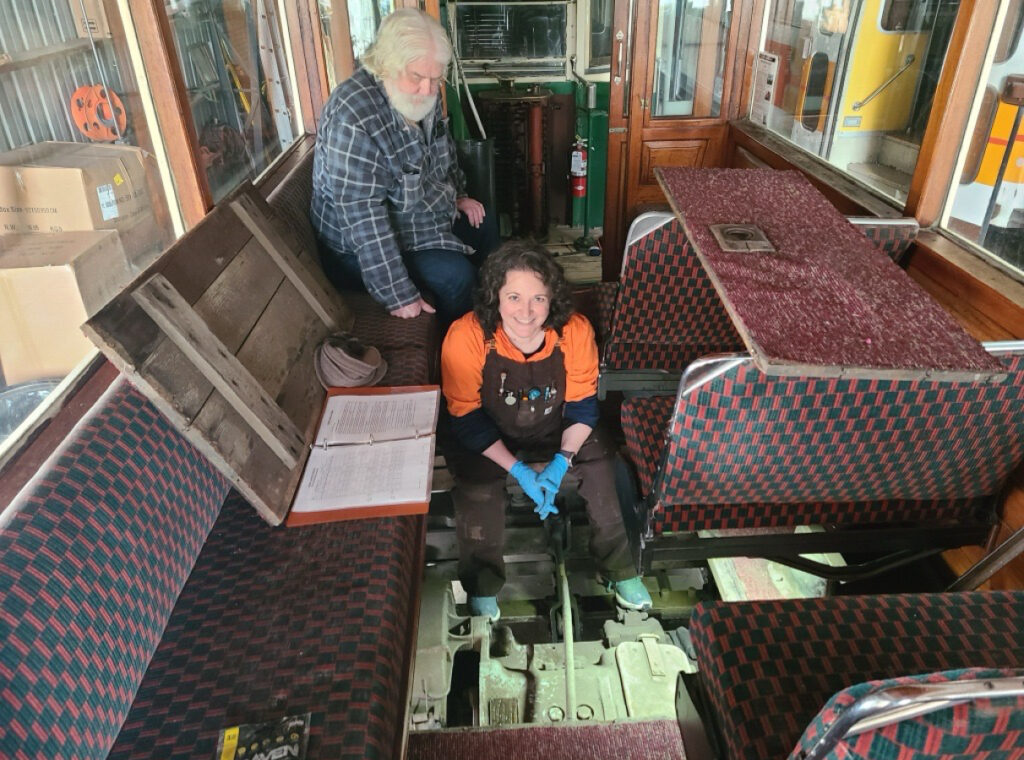
They are also intrinsically tied to my academic interests. While earning my Master of Architecture degree from Kent State University, my thesis examined urban development patterns connected to streetcar transit in Cleveland, Ohio. Portland’s similarities to Cleveland are not lost on me.
One particularly memorable project involved troubleshooting a 112-year-old tramcar from Sydney, Australia. I spent countless hours lying on ballast in cold weather, testing for electrical continuity and inspecting control mechanisms until we finally discovered the issue: a loose arc chute holding a contact closed. Getting that car running again wasn’t just a mechanical fix – it was a moment of transformation for a piece of global transit history.
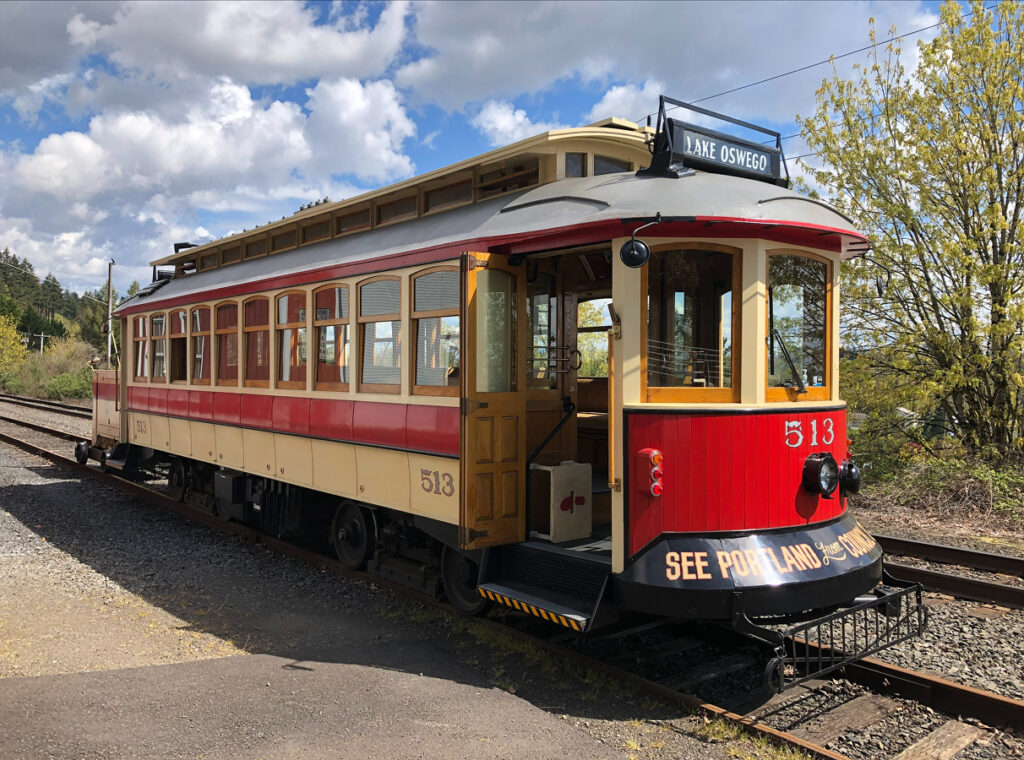
Beyond the nostalgia, volunteering for these organizations connects me with a passionate community of fellow transit enthusiasts – some of whom are retired professionals from agencies like TriMet and BART. It also reinforces a core belief I hold: public transportation is more than a utility. These vintage trolleys spark curiosity in young minds, offer joy to families and honor the enduring legacy of transit systems that shaped our cities.
That belief carries into my day job at STV. Whether I’m managing a complex transit facility project or brainstorming ways to modernize infrastructure, my volunteer work keeps me grounded in the human side of what we do. It reminds me that every track laid and every system designed today becomes tomorrow’s history.
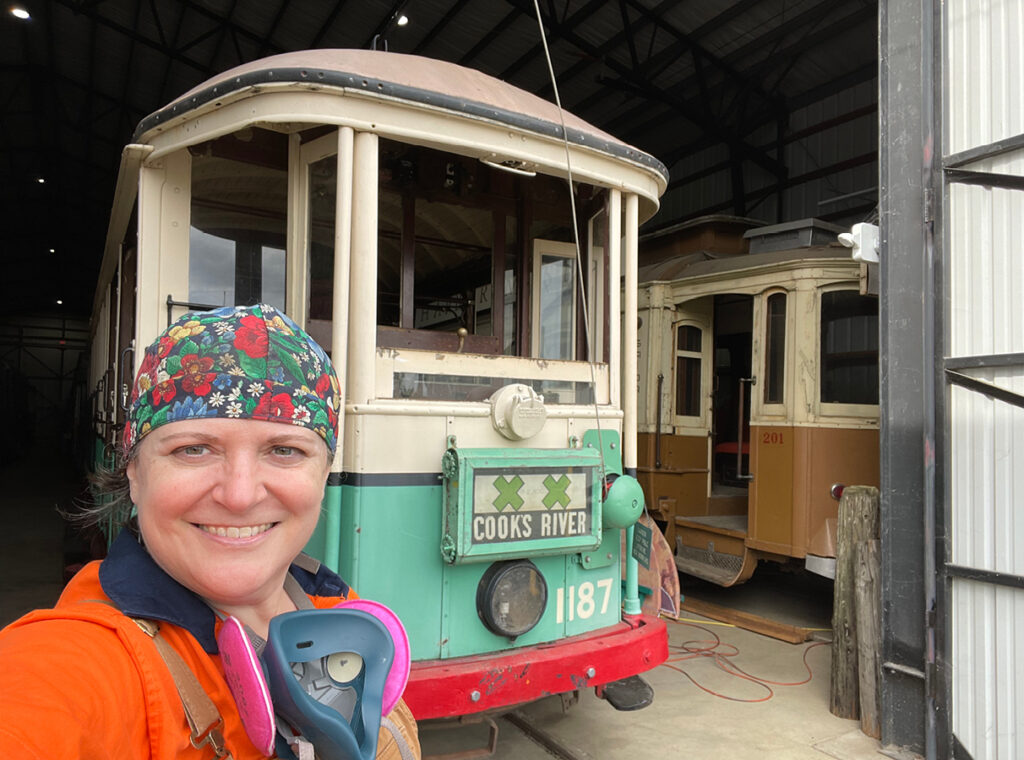
Volunteering has taught me that preserving the past and innovating for the future don’t have to be separate goals. In fact, they can go hand in hand. Supporting historic transit programs like OERHS and WST not only keeps history alive, it also educates and inspires future generations of transit leaders, engineers and enthusiasts.
So, if you ever have the chance to visit a local trolley museum or hop on a restored vintage line, I encourage you to do it. You won’t just be taking a ride – you’ll be helping preserve a piece of our shared transportation story.
